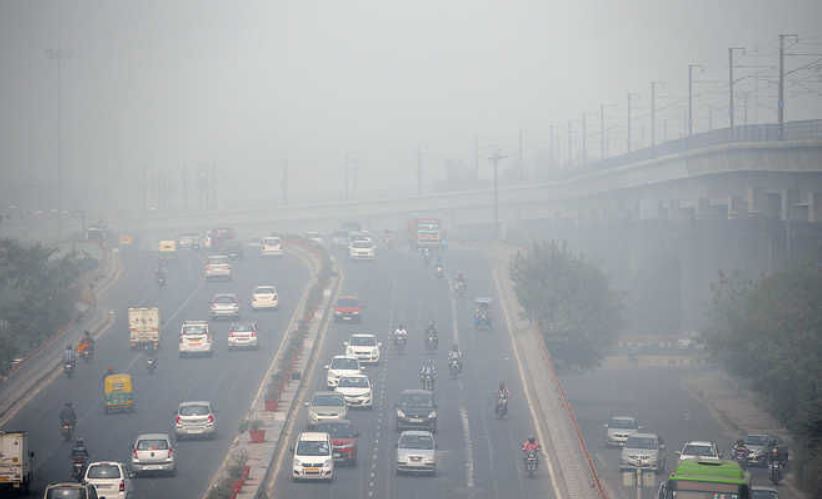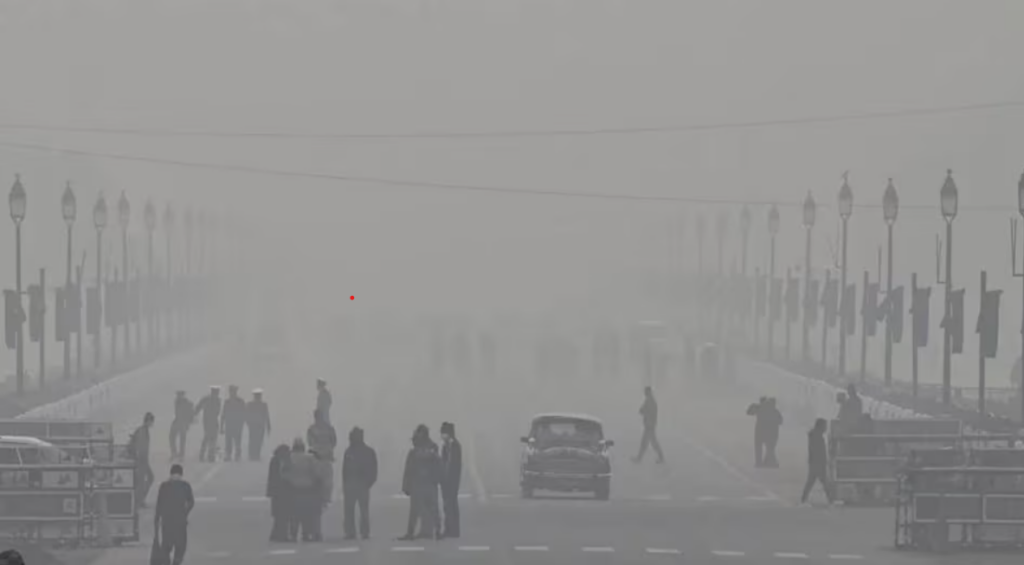With prevailing weather conditions, Chandigarh AQI continued to remain in the “very poor” category for the past many days.

The average Chandigarh AQI (air quality index) on Tuesday stood at 344 around 8.05 pm, while it was 343 on Monday. The AQI reading at the continuous ambient air quality monitoring station in Sector 22 was 362. The station in Sector 53, bordering Mohali, recorded the highest AQI level of 376 and the one in Sector 25 logged 295.
TC Nautiyal, Director, Environment, UT, said the drop in the air quality might be due to the prevailing weather conditions and also, there were reports of garbage burning mostly by junk dealers in the adjoining areas of the city.
With no rain expected any time soon, the AQI is likely to remain high in the coming days as well, according to the Meteorological Department.
The AQI between 301 and 400 is considered “very poor” and can cause respiratory illness on prolonged exposure. The AQI between 401 and 500 is considered “severe” and can affect healthy people and seriously impacts those with existing diseases.
This article is sourced from The Tribune!
Read Also | Big B, Abhishek Bachchan greet UP CM Yogi Adityanath at Ayodhya Ram Mandir










